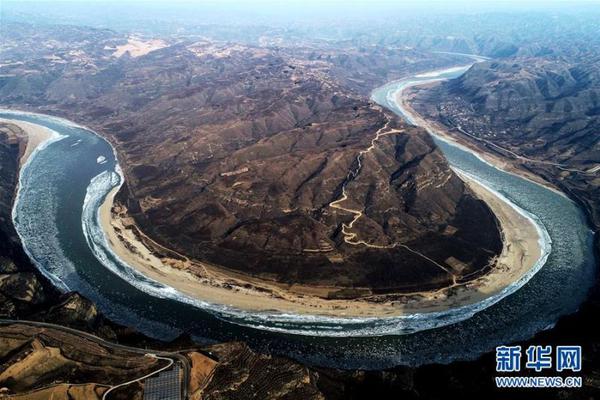
. Irrigate fields, engines, and help people work. Two. Flood crops, destroy houses, and bring disaster to people. 3." I" is water.
What does it mean to get water into the engine? When the vehicle is driving on a rainy day or on a watery road, sometimes it will cause water to enter the vehicle's engine, causing the vehicle to break down. The following is an introduction to the process of water entering the engine: If water enters the engine through the exhaust pipe, it needs to enter the engine through the silencer, middle section and ternary catalyst.
Generally speaking, it is to make water continuously circulate through the various parts of the radiator engine cylinder block to absorb heat and ensure that the engine is not hot.
Brake failure: Rainwater increases the humidity of the air. If water enters the brake fluid and is gasified at high temperature, it will cause brake failure or even failure.

Hydropower is to use the gravitational potential energy of water to convert into kinetic energy to drive the generator to generate electricity. It is all the conversion of energy, so it is a physical change.
Hydropower is a physical change. Hydropower uses the kinetic and potential energy of water to generate electricity. Specifically, hydropower stations use the cooperative operation of dams and turbines to convert the potential energy of water into the kinetic energy of the turbine, and then convert the kinetic energy into electrical energy through generators.
The change of energy depends on the situation: if the chemical energy becomes electrical energy, it is a chemical change. The transformation between general energy is a physical change. Hydropower generates electricity, but it uses the potential energy and kinetic energy of water to convert it into electrical energy. It is the transformation between general energy, so it is not a chemical change.
Hydroelectric power stations use water to generate electricity mainly by the gravitational potential energy of water, so it is a physical change.The basic principle of hydropower is to use the water level drop to generate electricity with the turbine generator, that is, to use the potential energy of water to turn into the mechanical energy of the turbine, and then use the mechanical energy to drive the generator to obtain electricity.
The basic principle of hydropower is to use the water level drop to cooperate with the turbine generator to generate electricity, that is, to use the potential energy of water to convert the mechanical energy of the turbine, and then use the mechanical energy to drive the generator to obtain electricity.
1. The most advanced hydroelectric generators include Oriental Electric DEC, Harbin Electric, GE General Electric, etc.
2. This thing is not floating marine garbage, let alone the wreckage of a ship. It is a tidal hydroelectric generator. By AquAmarine Power produces the world's largest and most successful tidal energy hydroelectric generator set, called Oyster.
3. Hydropower requires turbines, generators, speed adjusters, etc. Water turbine The water turbine is the core equipment of hydropower. It uses the power of water flow to convert water energy into mechanical energy, and then drives the generator to generate electricity. Water turbines can be divided into two types: counterattack type and impact type according to different water flow modes and characteristics.
4. Impact turbine: Impact turbines can be divided into two categories according to the direction of water flow: cutting type (also known as bucket type) and oblique impact type. The structure of the oblique impact turbine is basically the same as that of the bucket turbine, but there is an inclination angle in the direction of the jet, which is only used for small units.
The potential energy of water is first converted into the kinetic energy of water; then the kinetic energy of water is converted into the kinetic energy of generator turbine operation; and finally the kinetic energy of generator turbine operation is converted into electrical energy. Hydropower is the scientific and technological research on economic issues such as engineering construction and production and operation of converting hydropower into electrical energy.
Water potential energy is converted into kinetic energy, which pushes the turbine to generate electrical energy and a small amount of heat energy. Hydropower plant, the full name of hydropower plant, is a factory that converts the potential energy and kinetic energy of water into electrical energy.
Therefore, mechanical energy (kinetic energy of water flow) is converted into electrical energy (current in the generator) and finally transmitted to the user through the substation. It should be noted that there is also energy loss (such as resistance and friction) in the process of water flow, so the total efficiency of water conservancy power generation depends on the efficiency of various links such as turbines and generators.
Import quota monitoring tools-APP, download it now, new users will receive a novice gift pack.
. Irrigate fields, engines, and help people work. Two. Flood crops, destroy houses, and bring disaster to people. 3." I" is water.
What does it mean to get water into the engine? When the vehicle is driving on a rainy day or on a watery road, sometimes it will cause water to enter the vehicle's engine, causing the vehicle to break down. The following is an introduction to the process of water entering the engine: If water enters the engine through the exhaust pipe, it needs to enter the engine through the silencer, middle section and ternary catalyst.
Generally speaking, it is to make water continuously circulate through the various parts of the radiator engine cylinder block to absorb heat and ensure that the engine is not hot.
Brake failure: Rainwater increases the humidity of the air. If water enters the brake fluid and is gasified at high temperature, it will cause brake failure or even failure.

Hydropower is to use the gravitational potential energy of water to convert into kinetic energy to drive the generator to generate electricity. It is all the conversion of energy, so it is a physical change.
Hydropower is a physical change. Hydropower uses the kinetic and potential energy of water to generate electricity. Specifically, hydropower stations use the cooperative operation of dams and turbines to convert the potential energy of water into the kinetic energy of the turbine, and then convert the kinetic energy into electrical energy through generators.
The change of energy depends on the situation: if the chemical energy becomes electrical energy, it is a chemical change. The transformation between general energy is a physical change. Hydropower generates electricity, but it uses the potential energy and kinetic energy of water to convert it into electrical energy. It is the transformation between general energy, so it is not a chemical change.
Hydroelectric power stations use water to generate electricity mainly by the gravitational potential energy of water, so it is a physical change.The basic principle of hydropower is to use the water level drop to generate electricity with the turbine generator, that is, to use the potential energy of water to turn into the mechanical energy of the turbine, and then use the mechanical energy to drive the generator to obtain electricity.
The basic principle of hydropower is to use the water level drop to cooperate with the turbine generator to generate electricity, that is, to use the potential energy of water to convert the mechanical energy of the turbine, and then use the mechanical energy to drive the generator to obtain electricity.
1. The most advanced hydroelectric generators include Oriental Electric DEC, Harbin Electric, GE General Electric, etc.
2. This thing is not floating marine garbage, let alone the wreckage of a ship. It is a tidal hydroelectric generator. By AquAmarine Power produces the world's largest and most successful tidal energy hydroelectric generator set, called Oyster.
3. Hydropower requires turbines, generators, speed adjusters, etc. Water turbine The water turbine is the core equipment of hydropower. It uses the power of water flow to convert water energy into mechanical energy, and then drives the generator to generate electricity. Water turbines can be divided into two types: counterattack type and impact type according to different water flow modes and characteristics.
4. Impact turbine: Impact turbines can be divided into two categories according to the direction of water flow: cutting type (also known as bucket type) and oblique impact type. The structure of the oblique impact turbine is basically the same as that of the bucket turbine, but there is an inclination angle in the direction of the jet, which is only used for small units.
The potential energy of water is first converted into the kinetic energy of water; then the kinetic energy of water is converted into the kinetic energy of generator turbine operation; and finally the kinetic energy of generator turbine operation is converted into electrical energy. Hydropower is the scientific and technological research on economic issues such as engineering construction and production and operation of converting hydropower into electrical energy.
Water potential energy is converted into kinetic energy, which pushes the turbine to generate electrical energy and a small amount of heat energy. Hydropower plant, the full name of hydropower plant, is a factory that converts the potential energy and kinetic energy of water into electrical energy.
Therefore, mechanical energy (kinetic energy of water flow) is converted into electrical energy (current in the generator) and finally transmitted to the user through the substation. It should be noted that there is also energy loss (such as resistance and friction) in the process of water flow, so the total efficiency of water conservancy power generation depends on the efficiency of various links such as turbines and generators.
HS code referencing for port authorities
author: 2024-12-24 10:42How to benchmark HS code usage
author: 2024-12-24 09:54Brazil import trends by HS code
author: 2024-12-24 09:45HS code-driven cross-border e-commerce
author: 2024-12-24 09:10HS code-driven sectoral analysis
author: 2024-12-24 11:07Trade data for GDP correlation analysis
author: 2024-12-24 10:56How to leverage analytics in procurement
author: 2024-12-24 10:48Eco-friendly products HS code mapping
author: 2024-12-24 10:20Analytical tools for trade diversification
author: 2024-12-24 10:14 Functional foods HS code verification
Functional foods HS code verification
661.47MB
Check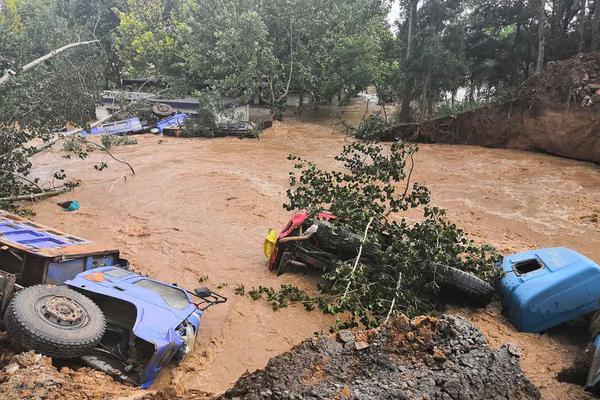 Ready-to-eat meals HS code classification
Ready-to-eat meals HS code classification
316.61MB
Check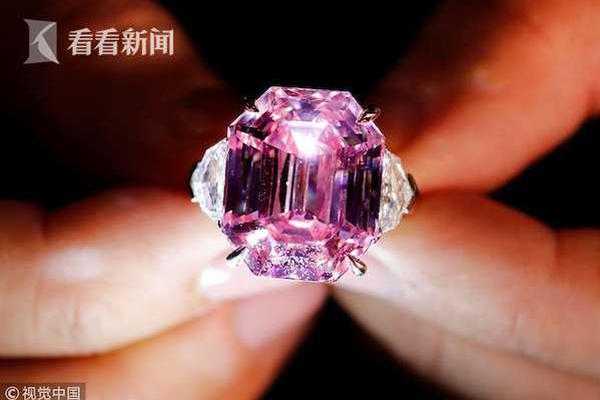 HS code compliance for African Union members
HS code compliance for African Union members
981.92MB
Check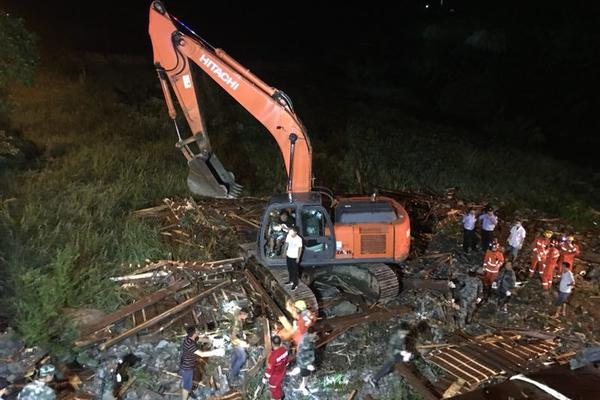 Dairy products HS code verification
Dairy products HS code verification
971.23MB
Check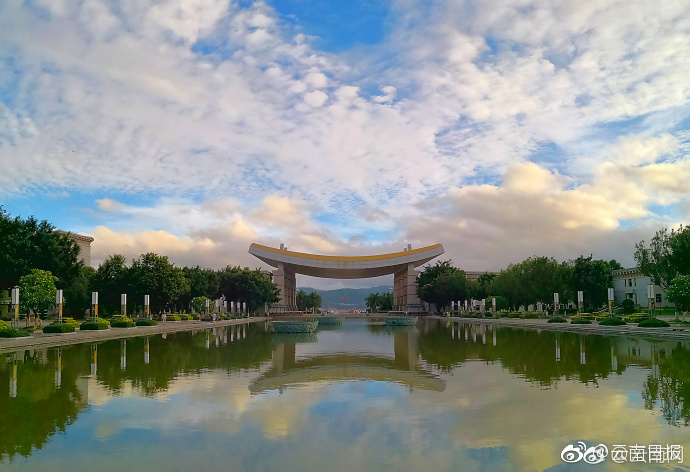 HS code mapping for duty optimization
HS code mapping for duty optimization
691.72MB
Check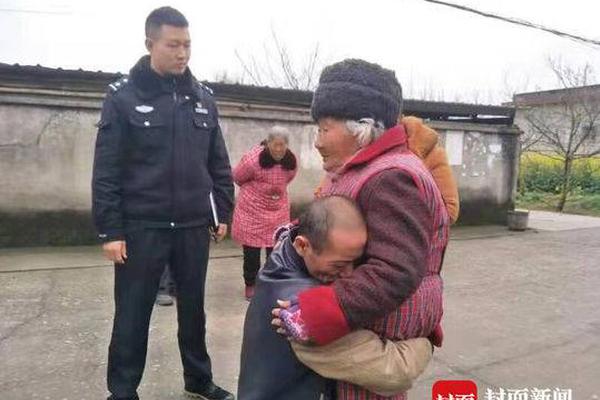 Sourcing intelligence platforms
Sourcing intelligence platforms
255.77MB
Check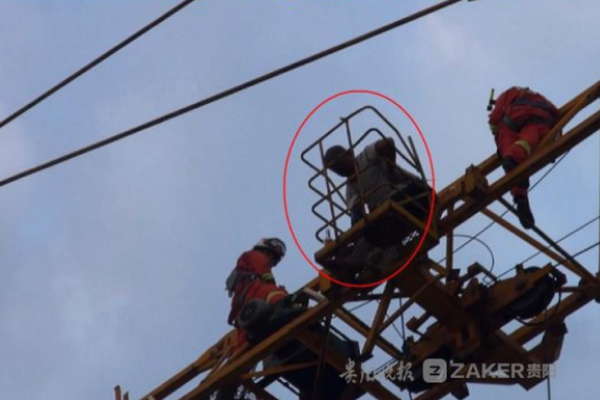 HS code-based alternative sourcing strategies
HS code-based alternative sourcing strategies
212.63MB
Check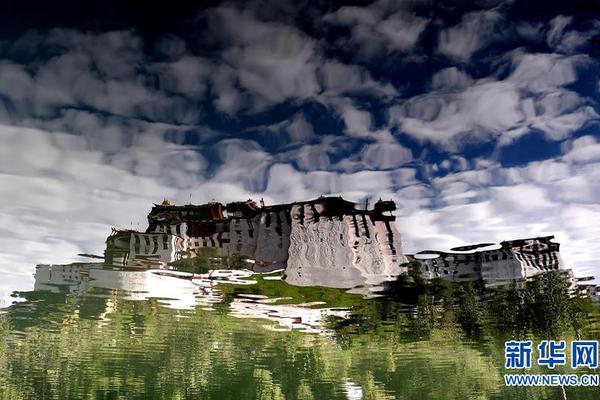 Trade data for enterprise resource planning
Trade data for enterprise resource planning
676.46MB
Check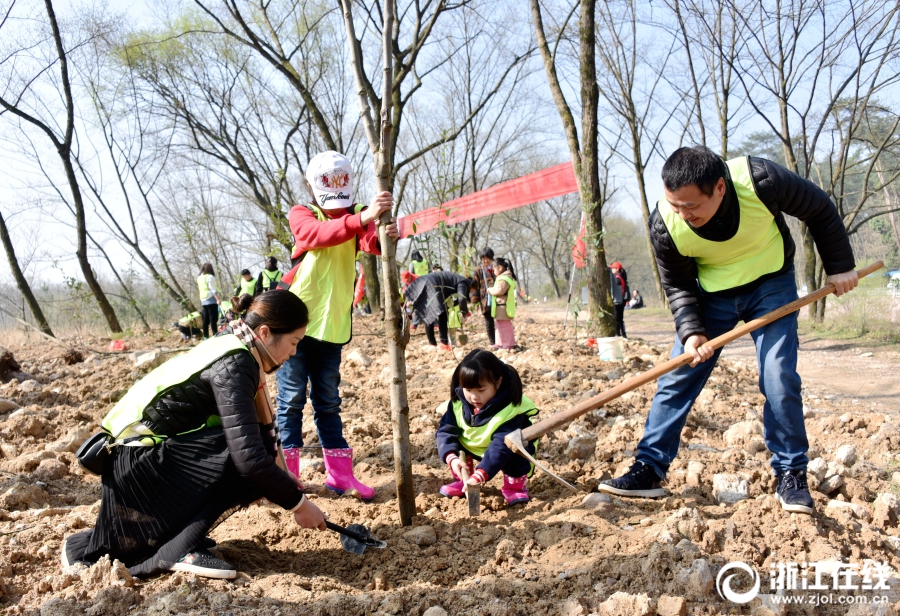 HS code mapping in government tenders
HS code mapping in government tenders
846.74MB
Check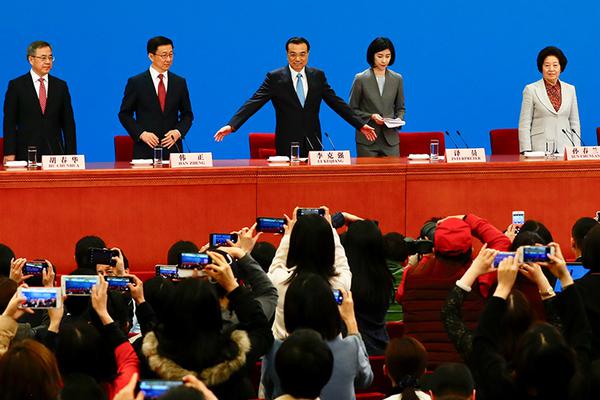 Country-of-origin rules by HS code
Country-of-origin rules by HS code
832.76MB
Check global goods transport
global goods transport
643.77MB
Check Customizable export data queries
Customizable export data queries
848.53MB
Check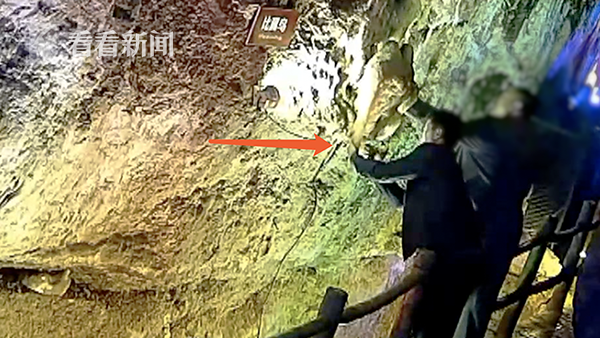 Organic cotton HS code verification
Organic cotton HS code verification
423.98MB
Check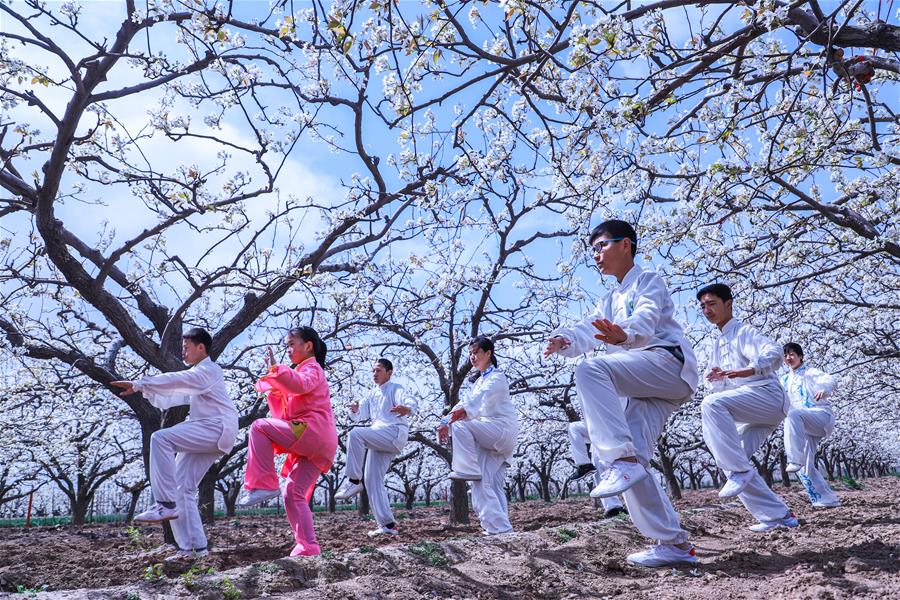 USA customs data analysis services
USA customs data analysis services
924.23MB
Check Predictive trade data modeling
Predictive trade data modeling
318.77MB
Check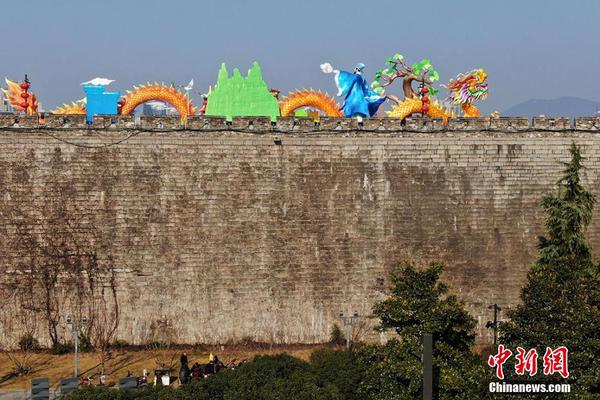 Automated customs declaration checks
Automated customs declaration checks
883.36MB
Check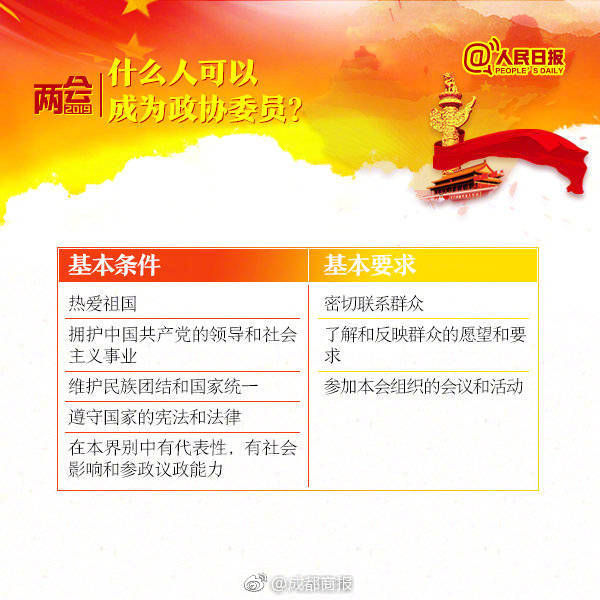 MRO HS code checks
MRO HS code checks
265.56MB
Check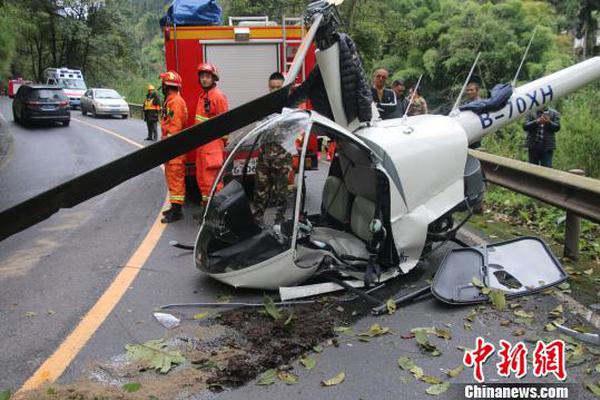 How to handle multi-currency billing
How to handle multi-currency billing
599.39MB
Check Energy sector HS code compliance
Energy sector HS code compliance
285.69MB
Check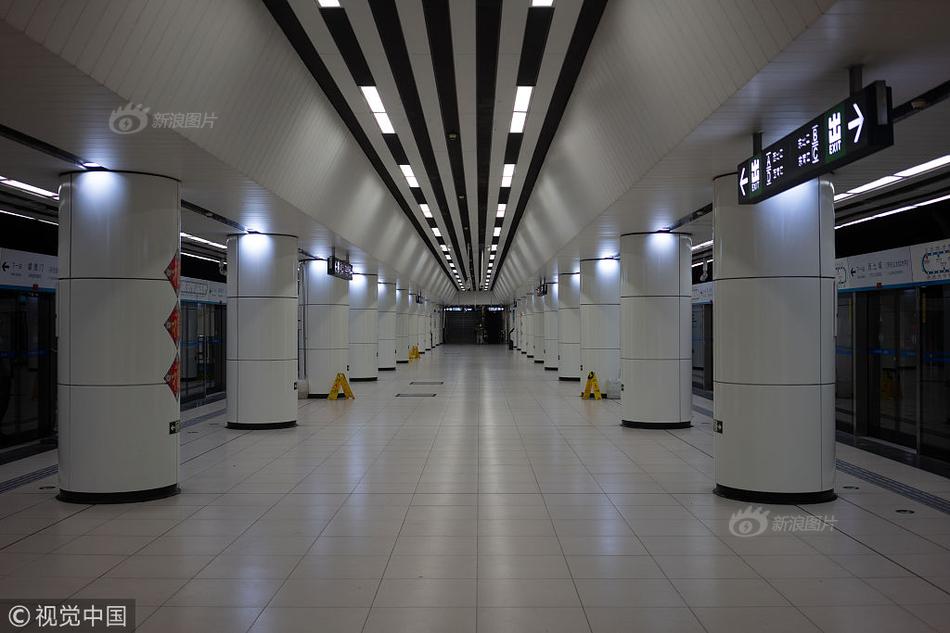 How to benchmark import export performance
How to benchmark import export performance
428.38MB
Check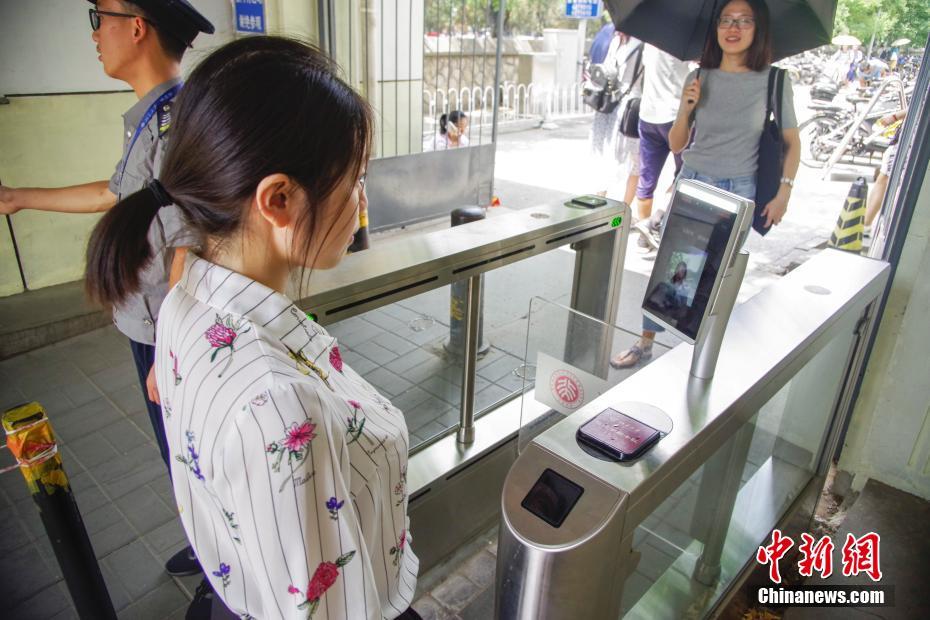 HS code-driven supply chain benchmarking
HS code-driven supply chain benchmarking
724.91MB
Check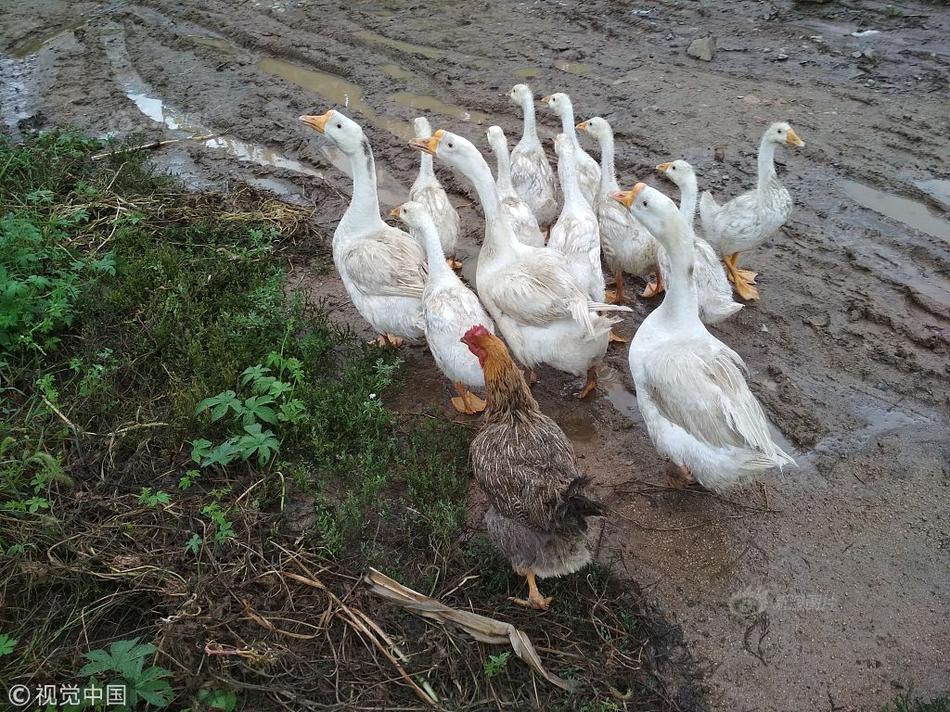 International trade law reference data
International trade law reference data
776.53MB
Check HS code utilization in bonded warehouses
HS code utilization in bonded warehouses
896.31MB
Check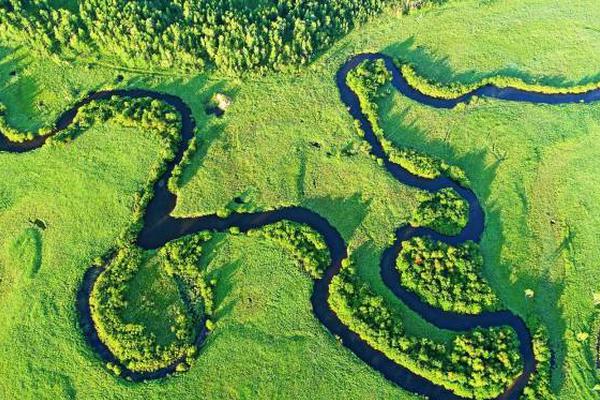 Global HS code classification standards
Global HS code classification standards
757.23MB
Check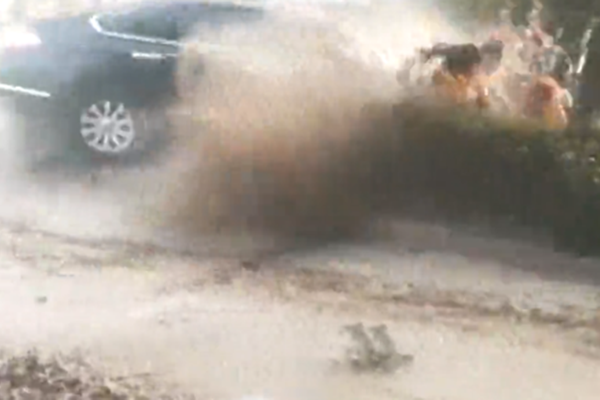 Dynamic customs duty calculation
Dynamic customs duty calculation
735.21MB
Check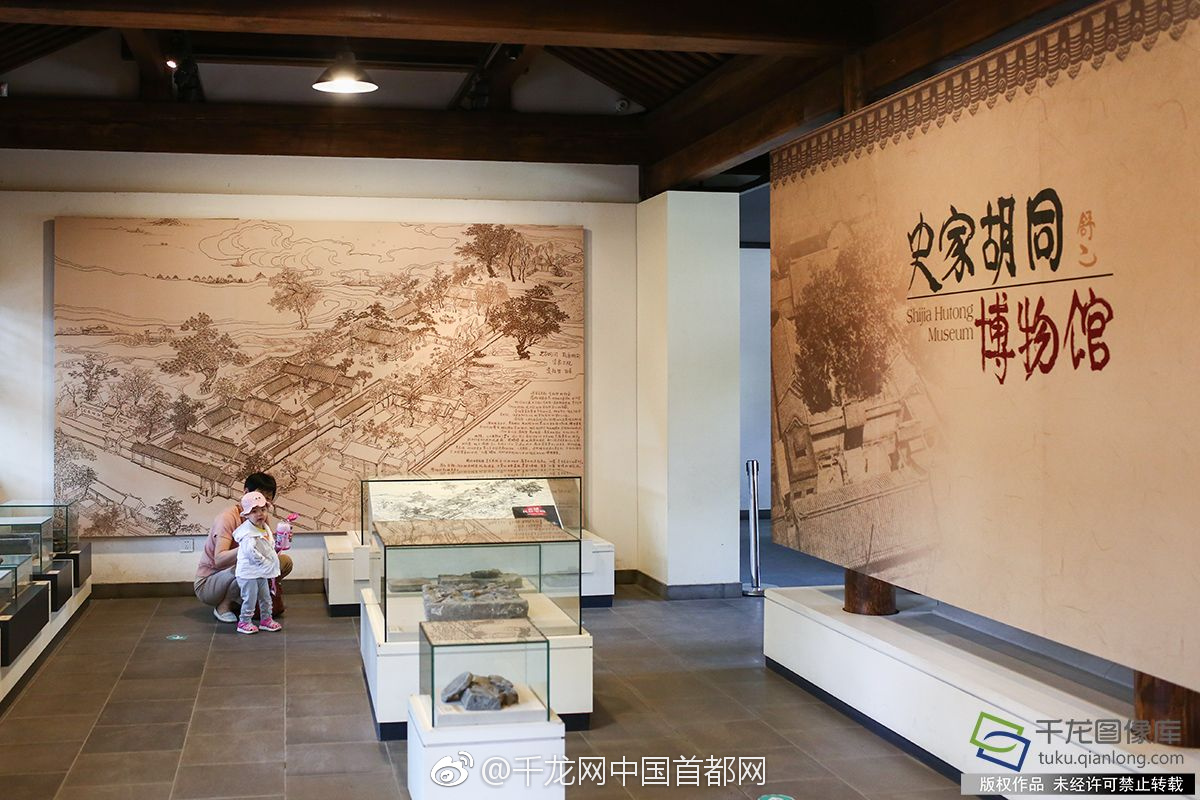 GCC HS code-based tariff systems
GCC HS code-based tariff systems
387.21MB
Check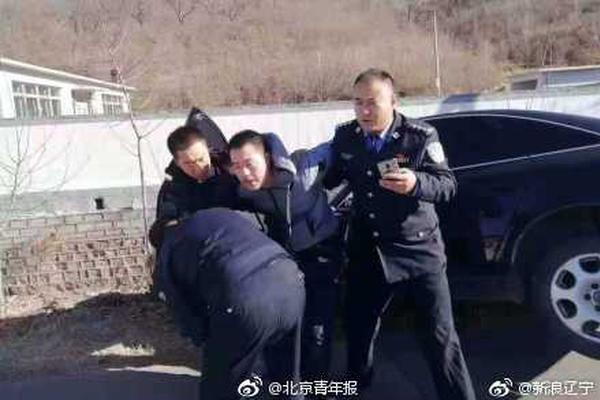 Brazil import trends by HS code
Brazil import trends by HS code
316.82MB
Check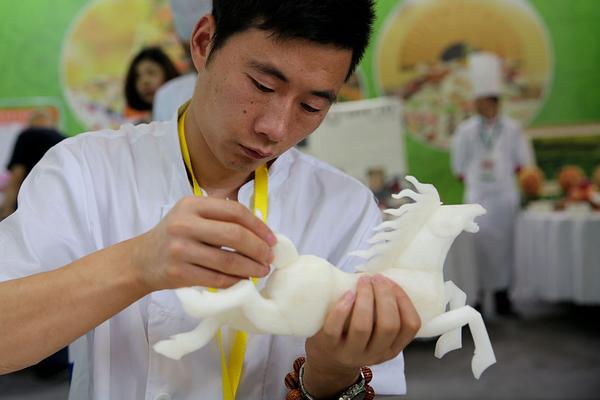 Real-time cargo insurance insights
Real-time cargo insurance insights
246.73MB
Check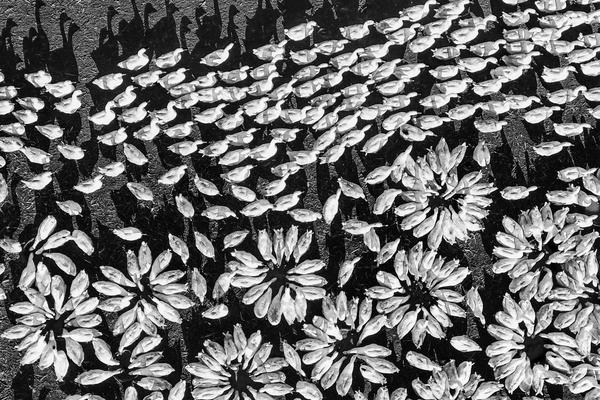 How to simplify export documentation
How to simplify export documentation
653.76MB
Check USA importers database access
USA importers database access
351.12MB
Check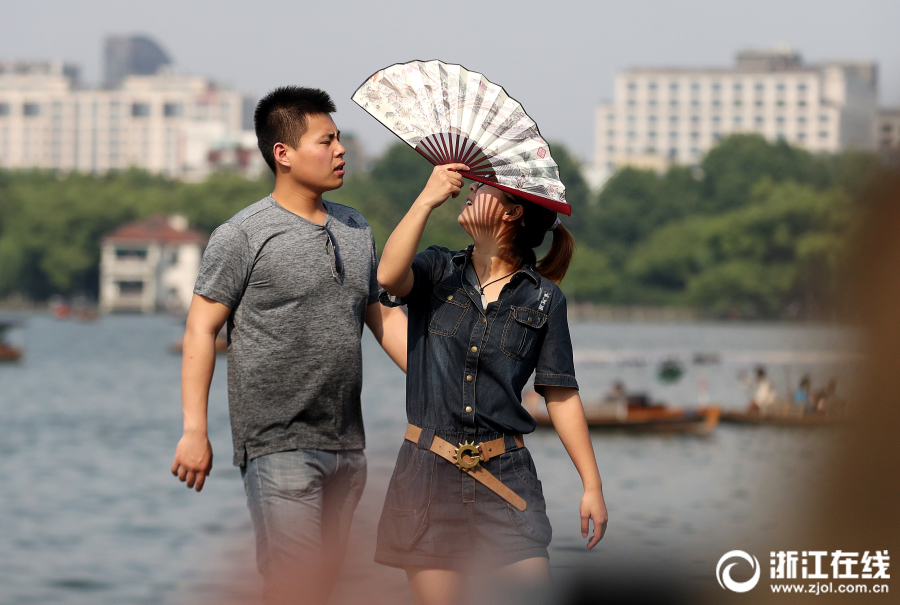 How to manage cross-border complexity
How to manage cross-border complexity
537.95MB
Check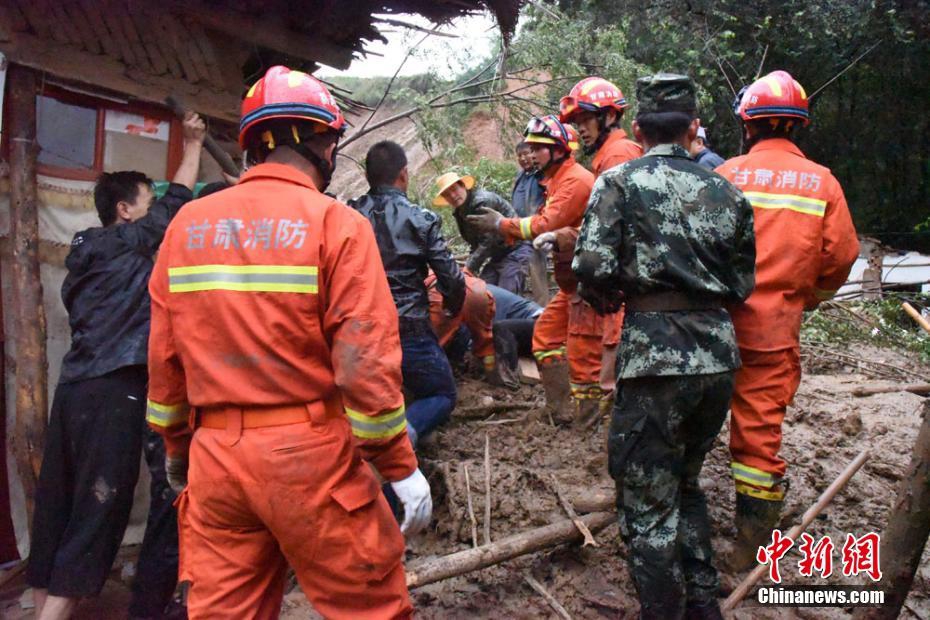 European trade compliance guidelines
European trade compliance guidelines
226.64MB
Check Real-time container throughput data
Real-time container throughput data
878.81MB
Check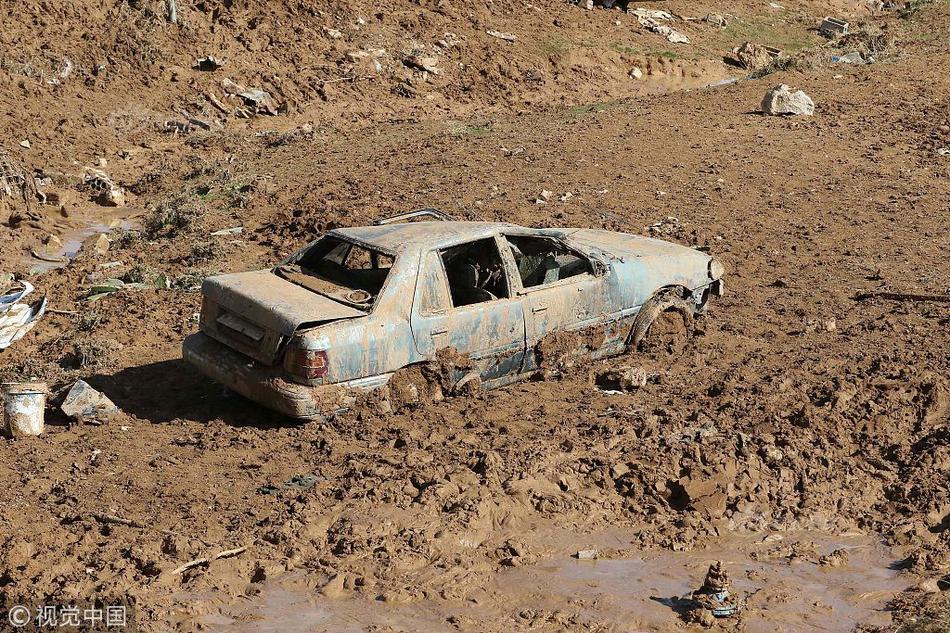 Wool and yarn HS code verification
Wool and yarn HS code verification
374.39MB
Check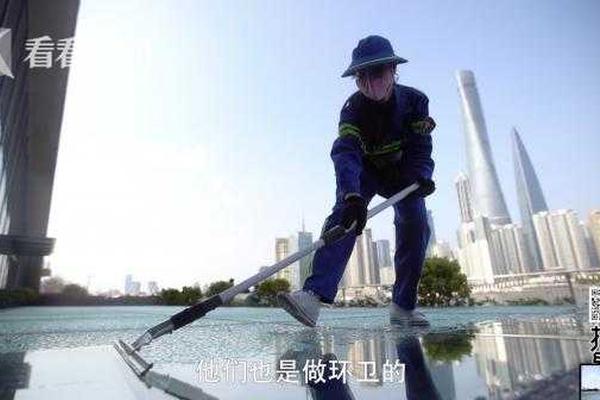 Global trade compliance automation suites
Global trade compliance automation suites
449.14MB
Check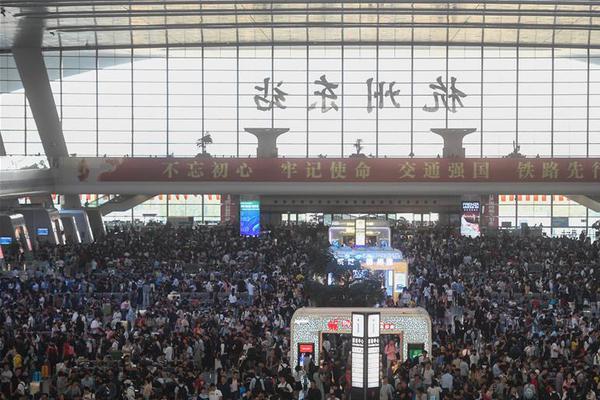 Sourcing intelligence from customs data
Sourcing intelligence from customs data
995.36MB
Check
Scan to install
Import quota monitoring tools to discover more
Netizen comments More
2972 Russia HS code-based trade compliance
2024-12-24 10:34 recommend
2006 HS code monitoring tools for exporters
2024-12-24 09:34 recommend
854 Trade data-driven cost modeling
2024-12-24 09:05 recommend
2645 Detailed trade data mapping tools
2024-12-24 09:05 recommend
157 Trade data for strategic pricing
2024-12-24 08:35 recommend